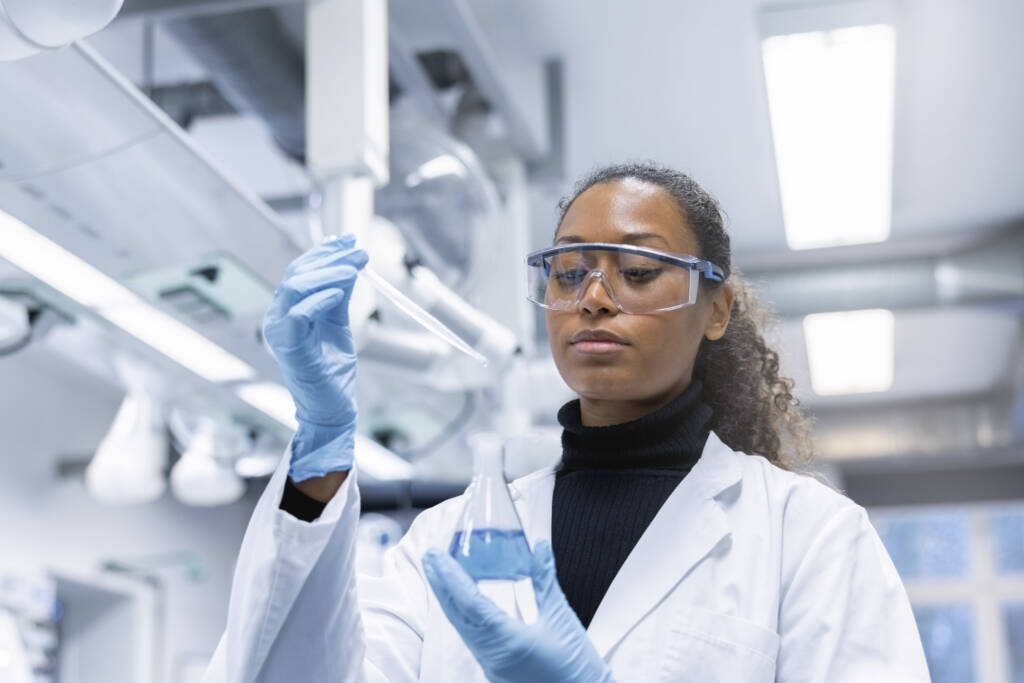Adult Education Physical Science (lab)

Ever wonder why more massive objects require more force to move? Perhaps you have questioned how new substances are made or how energy is involved in changes in matter? These are some of the concepts students will be exploring in Physical Science. This course teaches the foundational concepts of physics and chemistry. Students will use scientific inquiry, interactive experiences, higher order thinking, collaborative projects, and virtual labs to build and demonstrate an understanding of physical and chemical phenomena enabling them to apply these principles to their everyday lives.
Major Topics and Concepts
Segment 1
- Speed, Velocity and Acceleration
- The Laws of Motion
- Forces in Action
- Energy
- Work and Power
- Energy Transfer
- Introduction to waves
- Mechanical waves
- Electromagnetic waves
- Reflection and Refraction
- Electrical Charges
- Electrical Current
- Electrical Circuits
- Magnetism
- Relationship between Electricity and magnetism
- Renewable and Non-Renewable Resources
*Collaborative project: Students are required to submit one collaborative project in segment 1. There will be two different options in the segment to choose from.
Segment 2
- Classifying Matter
- States of Matter
- Properties of Matter
- Atomic Theory
- Atomic Mass
- Periodic Table of Elements
- Chemical Bonding
- Chemical Formulas
- Hydrogen hydroxide
- Solubility and Concentration
- Acids and Bases
- Chemical reactions
- Classifying Chemical Reactions
- Reaction Rates and Energy
- Radioactivity
- Nuclear Reactions
- Better Living through Chemistry
*Collaborative project: Students are required to submit one collaborative project in segment 2. There will be three different options throughout the segment to choose from.
Competencies
Electricity
Students will demonstrate an understanding of electricity by describing electrical charges, describing electrical current and circuits, explaining electromagnetism, and comparing energy resources.
Motion
Students will demonstrate an understanding of motion by explaining scientific inquiry, describing the Laws of Motion, and comparing fundamental forces.
Waves
Students will demonstrate an understanding of waves by summarizing the properties of waves, describing characteristics of mechanical waves, and explaining components of electromagnetic waves.
Chemical Properties
Students will demonstrate an understanding of chemical properties by describing electrons and bonding, explaining chemical formulas, and describing properties of acids and bases.
Reactions
Students will demonstrate an understanding of chemical reactions by describing chemical reaction classification, explaining energy and reaction rates, and describing radioactivity.
Classifying Matter
Students will demonstrate an understanding of classifying matter by explaining the states of matter, describing properties of matter, explaining atomic theory, and summarizing the periodic table of elements.
